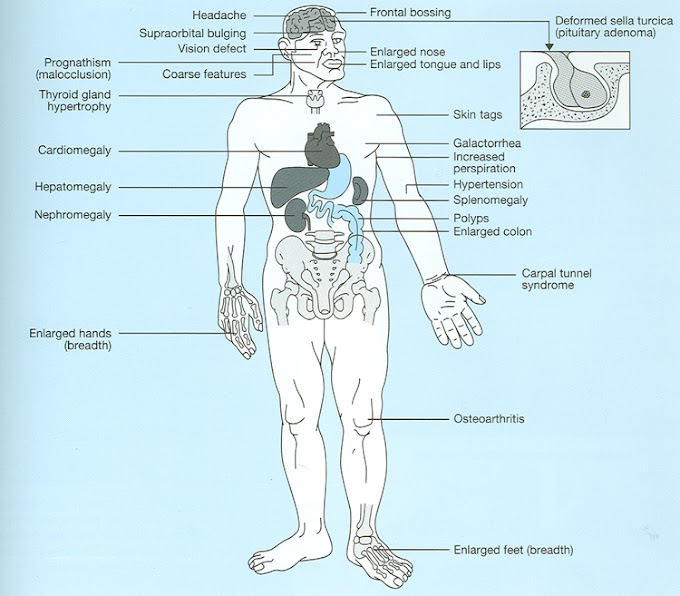Definition
Uterine cancer is a disease in which cancer cells grow in the uterus (womb).
The lower portion of the uterus, which is closest to the vagina, is called the cervix. When cancer develops in this portion, it is called cervical cancer; this is discussed in the cervical cancer fact sheet.
The walls of the uterus (excluding the cervical portion) are made up of the endometrium, the inner lining, and the myometrium, the muscular, outer lining. The most common type of uterine cancer—adenocarcinoma--begins in the endometrium. Endometrial cancer is another term for uterine cancer. Less common cancers called sarcomas begin in the myometrium. This fact sheet will focus on endometrial cancer.
Cancer occurs when cells in the body (in this case uterus cells) divide without control or order. Normally, cells divide in a regulated manner. If cells keep dividing uncontrollably when new cells are not needed, a mass of tissue forms, called a growth or tumor. The term cancer refers to malignant tumors, which can invade nearby tissues and spread to other parts of the body. A benign tumor does not invade or spread.
Causes
The exact cause of uterine cancer is unknown. Exposure to the hormone estrogen seems to be strongly related to the development of this cancer.
Risk Factors
A risk factor is something that increases your chance of getting a disease or condition.
• Age: between 50 and 60 years old
• Obesity
• High blood pressure
• Polycystic ovary syndrome
• Endometrial polyps
• Infertility
• No history of pregnancy
• Early start of menstrual periods
• Late menopause
• Diabetes
Symptoms
Symptoms include:
• Abnormal bleeding between menstrual periods
• Vaginal bleeding or spotting in postmenopausal women
• Pain in the pelvic area
• Pain during urination
• Pain during intercourse
Note: These symptoms may also be caused by other, less serious health conditions. A woman experiencing these symptoms should see her doctor.
Diagnosis
The doctor will ask about your symptoms and medical history.
Tests may include:
• Blood and urine tests
• Pelvic exam – examination of the vagina, uterus, ovaries, bladder, and rectum
• Pap test – scraping and testing tissue from the inside of the cervix and upper vagina
• Biopsy of the uterine lining – removing a sample of tissue from the uterine lining for testing
• Dilation and curettage (D & C) – to get a sample of tissue from the uterine lining
Treatment
Once uterine cancer is found, staging tests are performed to find out if the cancer has spread and, if so, to what parts of the body. Treatments for uterine cancer depend on the stage of the cancer.
Treatments include:
Surgery – surgical removal of the uterus (hysterectomy) and the fallopian tubes and ovaries, and possibly nearby lymph nodes
Radiation Therapy – the use of radiation to kill cancer cells and shrink tumors. Radiation may be:
External Radiation Therapy – radiation directed at the tumor from a source outside the body
Internal Radiation Therapy – radioactive materials placed into the body near the cancer cells
Hormone Therapy – use of drugs to control cancer cells outside the uterus. This treatment is recommended for women unable to have surgery, or who have recurrent cancer, or cancer that has spread (metastasized).
Chemotherapy – use of drugs to kill cancer cells. Chemotherapy may be given in many forms including: pill, injection, and via a catheter. The drugs enter the bloodstream and travel through the body killing mostly cancer cells, but also some healthy cells. Chemotherapy has not yet been shown to be of benefit in uterine cancer, whether it is local or advanced in nature. There are some current studies looking at the possible benefits of chemotherapy when it is added to radiation therapy after the appropriate surgery has been performed.
Prevention
All women should have yearly pelvic exams to monitor any changes that may signal cancer development. Use of oral contraceptives may provide some protection against uterine cancer.
recent posts
Blog Archive
Labels
A
Aarskog Syndrome
Aase Syndrome
Abdominal Aortic Aneurysm
Acanthosis Nigricans
Acetaminophen and Codeine Overdose
Acetaminophen Overdose
Achondrogenesis
Achondroplasia
Acidosis
Bladder
Blood
Bone
Brain
Breast
Cancer
Cold
Depression
Diabetes
E
Ear
Esophagus
Face
Fever
Fitness
Health Conditions
Heart
Kidney
Liver
Lungs
Ovary
Pancreas
Poisons
Prostate
Skin
Stomach
Testicle
Throat
Thyroid
Tooth
Typhiod
Ulcer
Uterine
About me

Aenean sollicitudin, lorem quis bibendum auctor, nisi elit consequat ipsum, nec sagittis sem nibh id elit. Duis sed odio sit amet nibh vulputate.
Disclaimer
The information contained in this website is for general information purposes only. A qualified medical professional should always be consulted prior to undertaking or engaging in any aspect related to your’s or someone else health.All the contents here are public,if the contents are objectionable to anyone's copyright please contact me.
Popular Posts
Metabolic Acidosis
Monday, April 23, 2012
What is Type 2 Diabetes?
Monday, June 17, 2013

Acromegaly:Definition,Causes,Symptoms,Diagnosis,Treatment
Wednesday, December 02, 2009
Subscribe Us
Categories
Created By SoraTemplates | Distributed By Blogger Themes

0 Comments